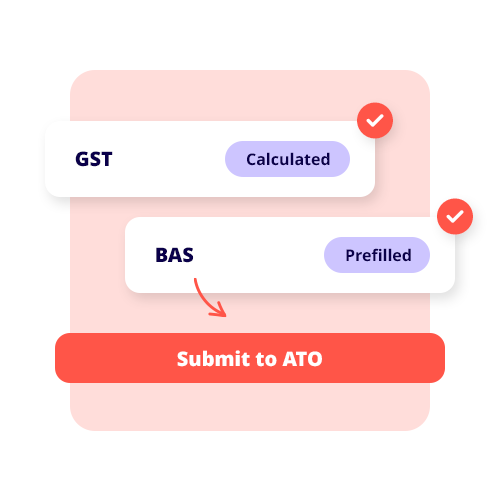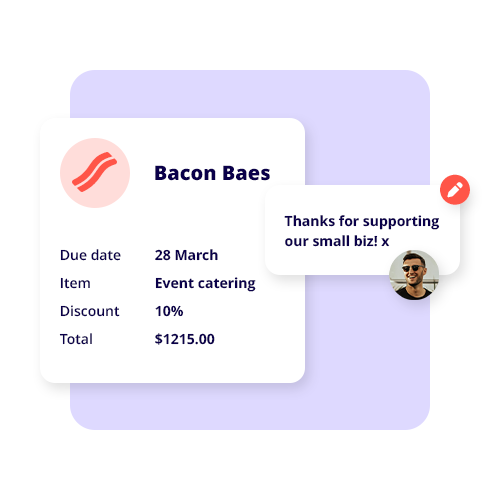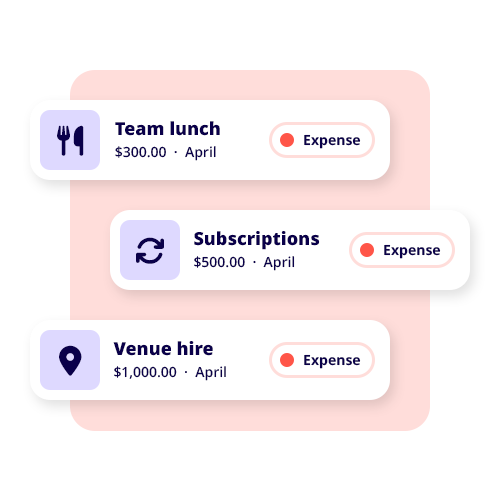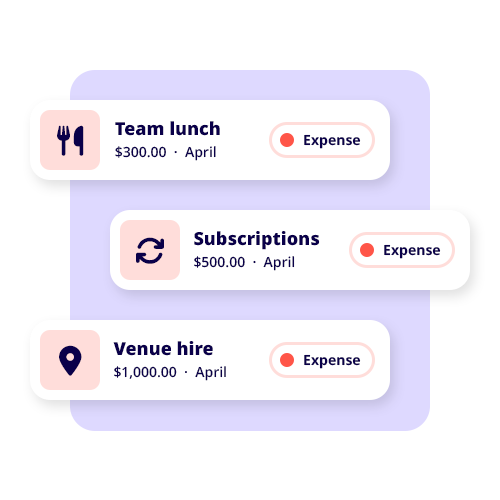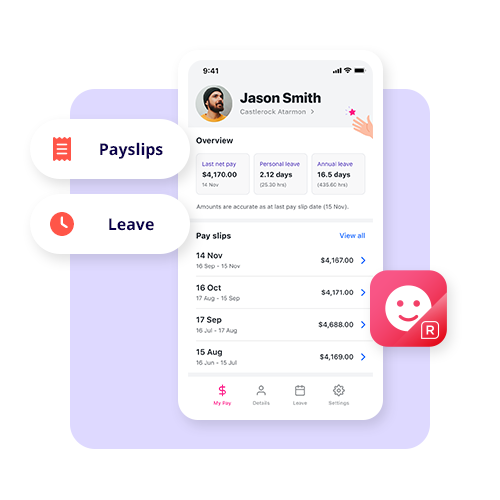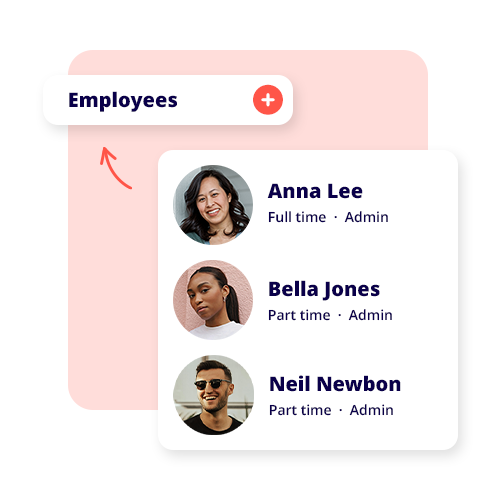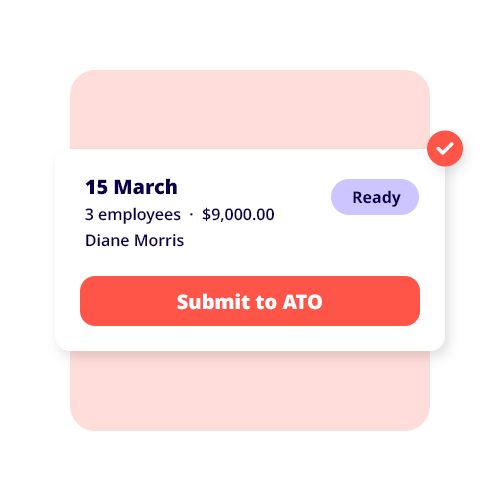TABLE OF CONTENTS
- Start by crafting a volunteer program people want to join
- Explain the roles and the people you want to attract
- Write recruitment messages that inspire action
- Pick the right channels and use your existing volunteers
- Make the application process quick and easy
- Onboard well to boost retention rates
- Embrace recognition and feedback
- Keep building skills and creating new pathways
- Schedule with flexibility for real life
- Measure what matters, and share it back
Volunteers power so much good in Australian communities, from setting up weekend sports club programs to packing food hampers, and everything in between. Their effort and commitment to bettering our communities make a tangible, positive difference to people’s lives.
If you’re an NFP, club, or community group looking to recruit volunteers and keep them engaged, you’ll need to master the art of how to recruit and retain volunteers in a way that’s sustainable and true to your mission.
Start by crafting a volunteer program people want to join
Before recruiting volunteers, curate your volunteer program so it’s a great experience from day one. Managing volunteers well starts by you mapping out the:
- Purpose: Who you serve, what difference you want to make.
- Volunteer positions you need: Who will do what, when and where?
- Benefits for volunteers: Learning new skills, meeting new people, improving wellbeing.
See that your approach adheres to the National Standards for Volunteer Involvement: they’re the Australian benchmark and show you how important it is to have well-defined roles, solid induction, and training, good risk management, as well as simple policies for reimbursements, safety, conduct, and more.
Top tip: People choose to help when they can see the positive impact upfront, as well as the time commitment and how their skills will be used. Make that obvious everywhere you present your opportunities.
Explain the roles and the people you want to attract
Clarity is magnetic. For each volunteer role, write a concise job description that explains the position, the skills or knowledge need (or that you’ll help develop them through training), time expectations, location (is it on-site, hybrid, remote?), and who will be supervising the role. Also include any necessary screenings, like a Working With Children Check, and let them know whether there are any free resources or uniforms provided.
Think about diverse candidates, too: school students and teenagers looking to add new skills to their resumes, or mid-career professionals wanting to contribute knowledge. Retirees with time and life experience are commonly volunteers, as are employers who wish to incorporate staff volunteering days into their operations. Identify which groups fit which roles best so your recruitment strategies can speak to them.
Write recruitment messages that inspire action
Your best message is the impact story. Use plain English to explain how volunteer involvement turns into tangible outcomes.
Here’s an example: “Just two hours a week creates 20 hot meals for those in need” or “One Saturday a month keeps our playgroup open for 30 families”. Invite potential volunteers to join a community that’s passionate about the same interests.
Keep your calls-to-action short and to the point: “Interested? Apply in 3 minutes” or “Join us online for a free info session this Friday.” The easier you make completing the application process, the more people will fill it out.
Pick the right channels and use your existing volunteers

You don’t need a huge advertising budget to attract great people. Use a mix of low-cost channels and plenty of word-of-mouth. Here are some ideas to get started:
- Your website: Add a ‘Volunteer opportunities’ page with all current roles and a quick form.
- Social media: Share videos and testimonials of volunteers in action. Short reels showing other volunteers explaining why they’re involved can be incredibly powerful.
- Keep it local: Libraries, councils, schools, and TAFEs can be great resources. There are also community Facebook groups, uni clubs, churches, sporting clubs, and more.
- Existing volunteers: Invite them to bring a friend to their next shift. Referrals are very helpful because these organisations already have trust with their people.
- Workplace volunteering: Approach local employers about the potential to bring them on board for team days or holiday programs.
Make the application process quick and easy
Long forms lose people, so ask only what you need to find the most quality fit: their availability, interests, experience, any accessibility needs and consent for screening.
A friendly confirmation email, a quick phone chat, then a clear next step (e.g. induction date) – that’s what will keep new volunteers moving forwards. If a role is filled, give them alternatives so their interest doesn’t go cold.
Onboard well to boost retention rates
Retention starts the moment someone walks through the door, so welcome people by name, link them with a buddy, explain how today’s tasks make a positive impact. As part of the onboarding process, give them a short handbook or one-pager with contacts, safety points, how to swap shifts and any other useful info. Good volunteer management answers “Who do I ask for help?” before someone even needs to ask the question.
Also give them bite-sized training so volunteers build competence quickly. People stay close to where they feel confident and useful.
Embrace recognition and feedback
Recognition doesn’t have to be solely about money – although covering their out-of-pocket expenses is just good practice. What matters is authentic thanks linked to outcomes. If they managed to attract 15 attendees to their first mentoring session last week, celebrate those milestones. Also include shout-outs across your newsletters and socials (with their permission, of course).
Keep building skills and creating new pathways
Great volunteer management treats people as partners rather than free labour. Take the initiative to offer them micro-learning opportunities and role rotations so volunteers can build new skills and more confidence.
Also create new pathways into leadership (e.g. shift lead, trainer, committee member) for those who are looking for a bit of extra responsibility. Some instead might prefer flexible, low-commitment roles that fit around their life.
Schedule with flexibility for real life
Life happens. Give them all the freedom to pause, reschedule, or switch roles during busy stages of their life. Flexible rostering tools and WhatsApp groups make swaps easy. Also, short ‘try it’ shifts help hesitant people get started, while longer blocks suit those who like to immerse themselves from the get-go. The goal is to build a system that respects different energies and levels of involvement.
Track a handful of metrics – active volunteers, retention rate, average hours per volunteer, as well as two or three outcome numbers tied to your mission.
Then pair that data with human stories. Report these back to your board and community so everyone can see the positive return on their effort. This should help with grants and resources planning.
Volunteering is a wonderful act of community. When you commit to it being mainly about dignity and growth, you’ll be able to recruit more volunteers while building a thriving team that continues to inspire others to get involved.


























